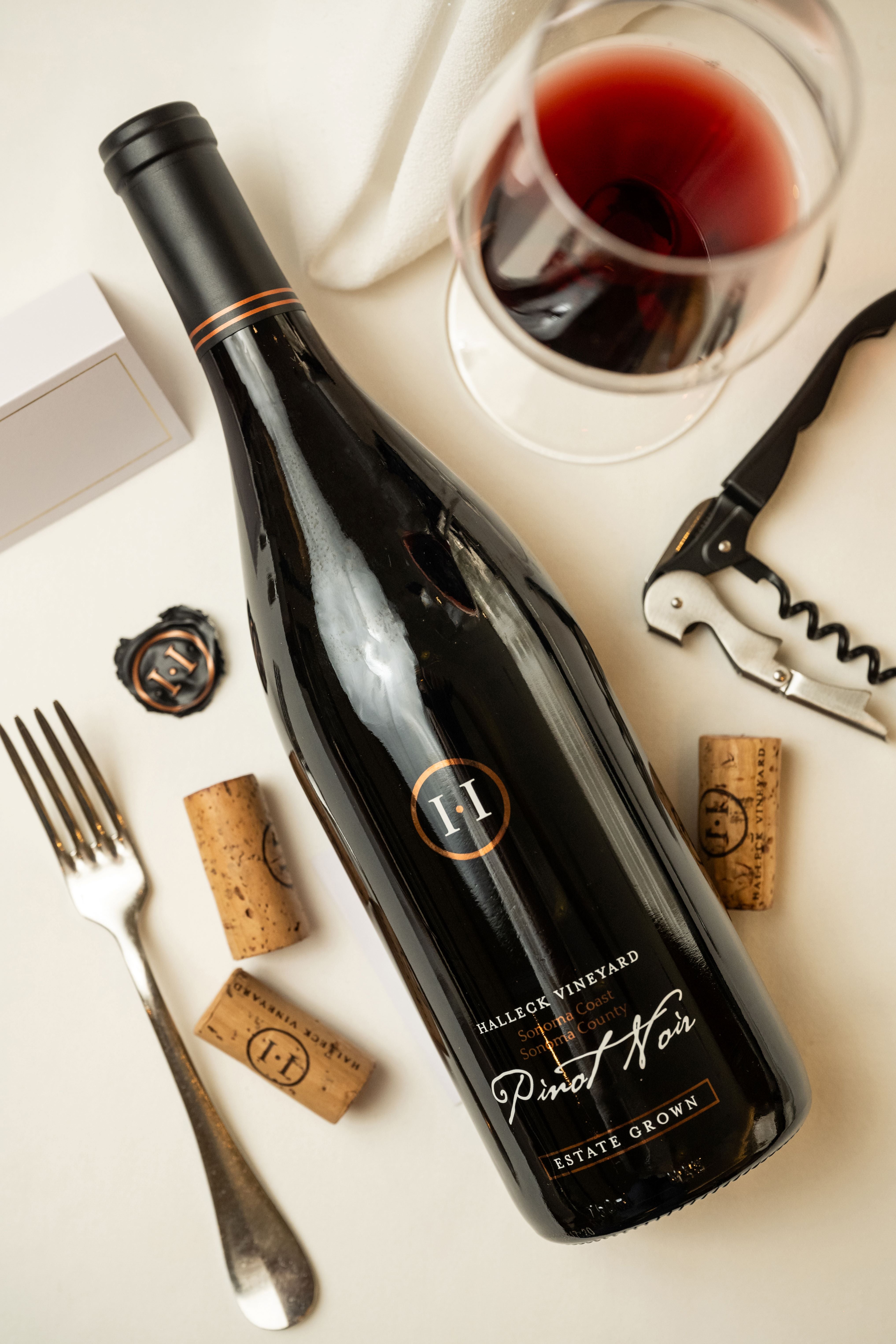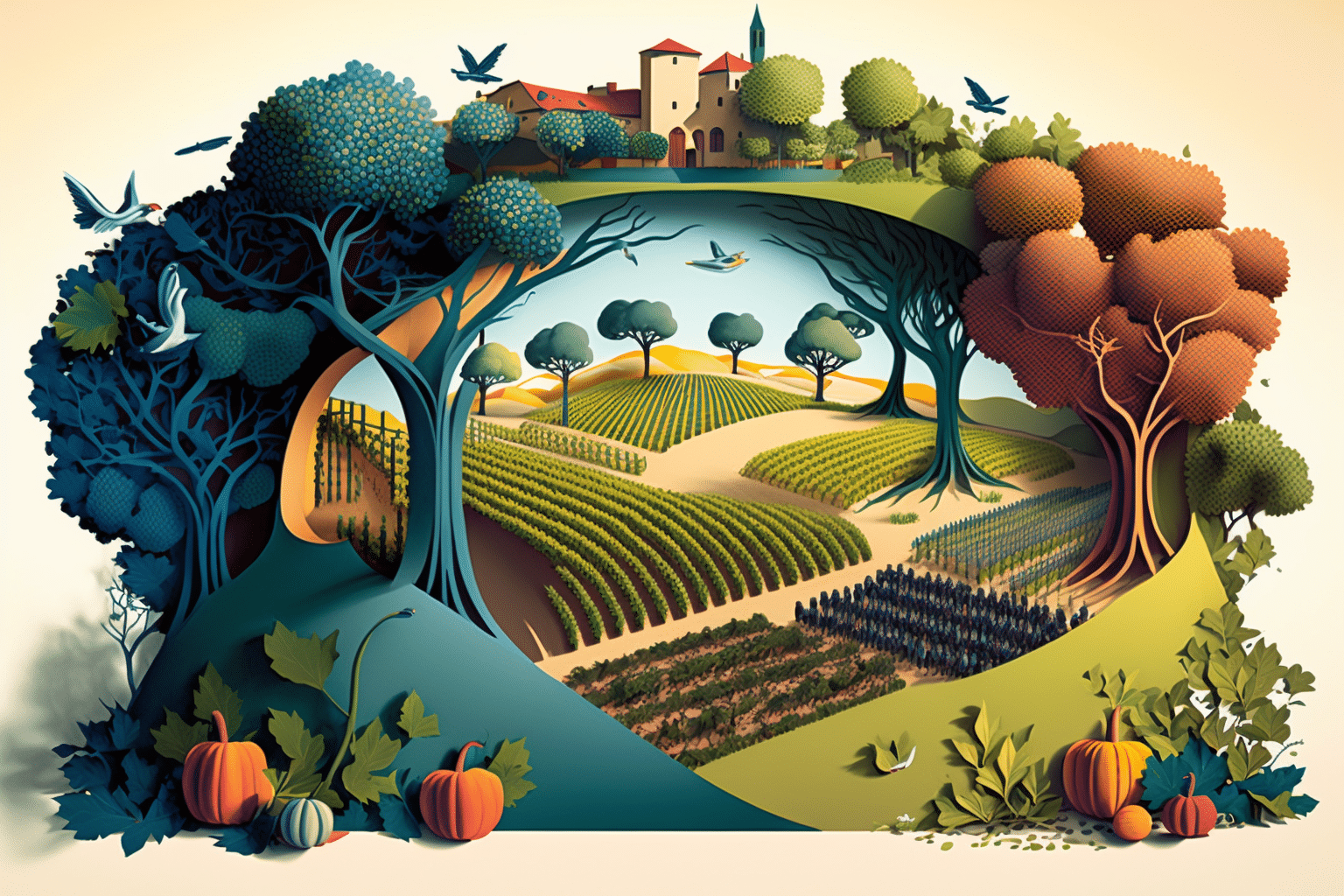Wine Tasting Tours In Russian River Valley - A Guide To Sonoma Wineries
Wine Tasting Tours In Russian River Valley - A Guide To Sonoma Wineries
Blog Article
Wineries With Unique Tasting Experiences - Tasting Rooms In Sebastopol
Wine tasting is an art that mixes sensory experience with an appreciation for the nuances of various varietals. How to gauge flavors in winery wine tasting periods is pivotal to grasping the complexities of wine.
Partaking in a wine tasting includes more than simply sipping and savoring. It requires a centered strategy to identify aromas and flavors that every wine presents. As you begin, observe the wine's appearance, noting its color and clarity. These visual cues often recommend a wine’s age, grape selection, and even potential flavor profiles.
The next step in the tasting course of is to swirl the wine in your glass. This action releases fragrant compounds that are important for evaluation. Lean in and take a second to inhale deeply; the aromas can vary from floral and fruity to spicy and earthy. The nose of the wine is just as essential as the palate, and recognizing scents plays a big role in understanding the overall experience.
When taking your first sip, permit the wine to maneuver throughout your palate - Wineries That Offer Food Trucks On Weekends. Discover the preliminary flavors that present themselves. Is the wine fruity, floral, or perhaps herbaceous? This initial taste offers perception into what the wine is prone to categorical as you continue to gauge it. The mouthfeel also contributes to the general flavor experience; it could be silky, tannic, and even effervescent.
Wineries That Welcome Walk Ins - Unique Wine Tasting Experiences In Sebastopol
As you proceed tasting, pay attention to the wine’s steadiness. A well-balanced wine will harmonize acidity, sweetness, and tannins. If one component overwhelms the others, it might indicate a much less fascinating quality. Evaluating balance might help you establish how well the wine might pair with food.
Transitioning to the end, contemplate how the flavors evolve as the wine lingers on your palate. A long, pleasant finish can point out a high-quality wine, whereas a short or abrupt end might recommend otherwise. Reflect on whether or not the flavors remain constant or if new notes emerge as the wine settles. This progression can reveal complexities and intricacies which may not have been obvious in the preliminary tasting.
Temperature can be a crucial factor in evaluating wine flavors. Different kinds of wine are optimally loved at particular temperatures. White wines often shine when chilled, whereas pink wines generally carry out greatest at room temperature. When tasting, ensure the wine is at the acceptable temperature to totally recognize its character.
Wineries Near Sonoma Square - Vineyards In The Sonoma Region
Pairing food with wine can tremendously improve the tasting experience. Foods can affect the perception of flavors in wine, both highlighting certain traits or diminishing them. When evaluating flavors, consider how the wine interacts with totally different foods, noticing which flavors are amplified or muted (Hidden Gem Wineries In Sonoma County).

Consider the affect of terroir as you interact in a winery tasting. Terroir encompasses the unique environmental components that affect grape rising, including soil composition, climate, and geography. Understanding a wine's terroir can present perception into its flavors and aromas, fostering a deeper appreciation for the alternatives made throughout its cultivation and manufacturing.
Training plays a fundamental position in enhancing one's capability to gauge wine flavors. Learning about grape varieties, wine regions, and production strategies can pave the way for extra informed judgments throughout tastings. Moreover, attending workshops or classes can refine sensory skills and increase your flavor vocabulary, enabling you to articulate tasting notes extra effectively.
Finally, it's important to keep in thoughts that evaluating wine flavors is a extremely personal experience. Particular Person preferences and perceptions will invariably form one’s tasting journey. Enjoyment should be on the forefront, with the evaluation course of performing as a tool to enhance understanding and appreciation quite than create inflexible tips.
Wineries That Offer Food Trucks On Weekends - Vines And Views In Sonoma Wine Country
In conclusion, mastering how to evaluate flavors in winery wine tasting sessions involves a mixture of sensory engagement, knowledge, and practice. By learning to determine aromas, assess the balance, and recognize the intricacies of flavor, wine enthusiasts can deepen their connection to every bottle they encounter. As with any art kind, the more one immerses themselves in the experience, the extra they may discover and enjoy the vast world of wine.
- Begin by observing the wine's colour and clarity, as these visible elements can hint at its flavor profile and aging potential.
- Swirl the wine gently in your glass; this releases fragrant compounds, permitting you to better establish the complex scents associated with the wine.
- Take a deep inhale earlier than tasting, focusing on both main and secondary aromas to assemble insights on fruits, spices, and different nuances.
- When tasting, permit the wine to coat your palate; note the preliminary flavors, the mid-palate complexity, and the end as these phases can present totally different flavor highlights.
- Pay attention to texture and mouthfeel, as features such as tannin levels, acidity, and sweetness contribute significantly to the overall tasting experience.
- Examine flavors against commonplace wine characteristics; for pink wines, consider berry notes, oak affect, and herbal tones, while whites may embody citrus, stone fruits, and floral hints.
- Take notes through the tasting session to trace your impressions, serving to you to recollect and consider the different wines sampled.
- Discuss your findings with fellow tasters or winery workers, as sharing insights can enhance understanding and appreciation of individual flavors.
- Allow time for the wine to breathe; generally, flavors evolve and reveal new dimensions after being uncovered to air.
- Experiment with food pairings in the course of the tasting as they'll dramatically alter how flavors are perceived, influencing general enjoyment.undefinedWhat should I search for when evaluating the aroma of wine during a tasting?
Start by swirling the wine in your glass to launch its aromas. Bring the glass to your nose and take a deep breath. Pay consideration to the primary scents you detect, as these are often the most outstanding. Look for fruit, floral, natural, or earthy notes and try to establish specific traits, which is ready to deepen your understanding of the wine's complexity.
Scenic Vineyard Tours In Sebastopol - A Winery In The Sonoma Valley To Discover

How can I distinguish between completely different flavor profiles in wine?
Perceive that flavor profiles are often categorized as fruit, floral, herbaceous, spicy, or mineral. Take small sips and allow the wine to coat your palate. Notice the primary flavors that emerge first and the delicate notes that comply with. This layering is important in distinguishing the wine's characteristics and will allow you to appreciate its distinctive profile.
Top Rated Wine Experiences In Sebastopol - Sebastopol's Best Wine Trails
What is the importance of the wine's texture in a tasting?

The texture of the wine, also called mouthfeel, performs a vital position in how we understand flavors. Pay consideration as to whether the wine feels clean, creamy, or gritty. The body of the wine (light, medium, or full) can improve or distinction with flavors, offering a more rounded experience during tasting.
How do I assess the balance of flavors in wine?
Steadiness in wine refers to the harmony between acidity, sweetness, tannin, and alcohol. Take a second to assess whether these parts complement or intrude with each other. A well-balanced wine will have none of its elements overpowering the others, creating a pleasant tasting experience.
Wineries Offering Educational Wine Seminars - Sebastopol Area Wine Tasting
What position does temperature play in evaluating wine flavors?
Temperature can significantly impact the perception of flavors. Generally, pink wines are finest served barely beneath room temperature, whereas white wines get pleasure from being chilled. As the temperature modifications, the aromas and flavors can shift, permitting you to understand completely different characteristics. It’s essential to taste wine at its optimum temperature for true evaluation.
Wineries Promoting Sustainable Farming - A Guide To Sonoma Wineries
How can I improve my tasting skills over time?
Practice is key to improving your tasting skills. Top Rated Wine Experiences In Sebastopol. Attend tastings, maintain a journal of your that site experiences, and explore several varieties of wines to broaden your palate. Additionally, learning about wine production and grape varieties can provide context that enhances your evaluation process, making you a more informed taster.
Is there a specific order in which I should taste the wines?
Small Batch Wineries In Sonoma Valley - Sonoma's Best Vineyards
Sure, it’s advisable to style wines from light to full-bodied and dry to candy. This progression prevents the stronger flavors from overshadowing the extra delicate ones, permitting you to completely appreciate each wine's traits and nuances without palate fatigue.
How can I evaluate the aftertaste of wine?
Wineries That Offer Barrel Tastings - A Winery In The Sonoma Valley To Discover
The aftertaste, or end, is an important aspect of the wine-tasting experience. After swallowing, pay attention to how lengthy the flavors linger on your palate and whether they change. A long, nice end is usually an indicator of a high-quality wine, while a brief or disagreeable end may counsel otherwise.
Why is this article it important to notice the wine’s acidity during tasting?
Acidity contributes to the overall freshness and structure of the wine. Pay attention to the tingling sensation in your tongue; higher acidity can improve the wine's liveliness and stability out sweetness. Noting acidity helps determine the wine's versatility with food and its growing older potential.
What ought to I do if I wrestle to determine specific flavors in wine?
Wineries Near Highway 12 - Best Vineyard Visits In Sonoma
Struggling to determine flavors is frequent, especially for beginners. Focus on broader categories and describe what you can acknowledge, such as sweet or earthy notes. With practice, studying about totally different flavor profiles, and maybe using flavor wheels, you will refine your senses and develop a extra nuanced method to tasting. Report this page